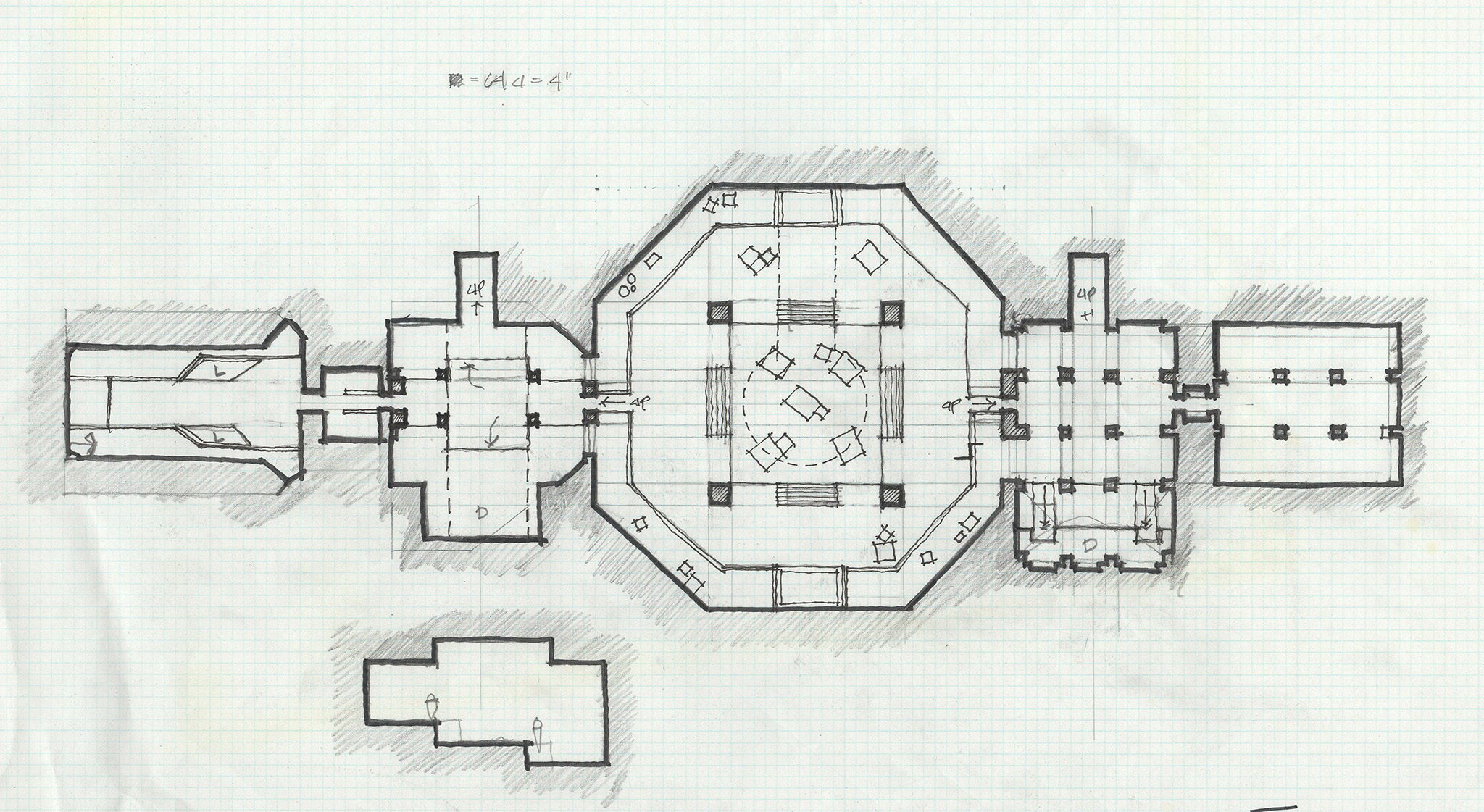The core of level design is crafting the player’s moment-to-moment emotions and experience. What is the player feeling, and what is the player doing moment to moment? Should the player feel afraid or delighted? What architectural design elements support those feelings? Can lighting, audio, or texture support that goal? What are the narrative beats, and how quickly should the players’ involvement ramp up? How does the player know what’s next?
My design process is also influenced by the stage of the game when I start working on a level. If it’s starting from scratch, I will focus on understanding and modeling the game space as well as establishing standards and performance goals on the target platforms.
If gameplay is already set, it’s my job to understand the play pillars before moving into any design. After I know the objectives and game intent, I would typically proceed to evaluate the direction and scope of the level. What should the player be feeling, seeing, and doing?
If a large number of different platforms are involved, determining what steps can be taken to achieve good performance on the less powerful systems becomes crucial to maintain quality. This question may influence how levels are built.
From the team’s perspective, is there a design philosophy? Is the project using Rational Design or Player Experience of Needs Satisfaction (PENS)? These approaches can influence and, more importantly, guide the process.
As soon as some player actions are possible in-game, I will start testing out assumptions about the game space and estimating performance limitations. Some of the big questions to answer are how content will be loaded and drawn to fit the desired environment and platforms.
Sketches of different quality are created when needed to convey an idea. Sometimes it is gameplay-specific, design-specific, or functionally specific, such as for a boss fight. I work iteratively, moving from plan to elevation, to understand the problem in 3 dimensions. In some cases, I might start blocking things out in 3d as well, in an application like SketchUp or Blender.


Building on what I have learned from those early tests, I will begin sketching out design ideas. This enables rapid iteration and early feedback. What moves forward from that process is grayed out, and stand-in gameplay is established for systems that are not yet developed. This is typically when level design documents begin to take shape and can be shared for approval. At this stage, a whole level can be built, iterated on, and approved for final artwork.


I will typically work with gameplay programmers and artists to develop special features for the level. Level event scripting can begin, and systems are added as they come online. Cinematics are simulated, and any special animations can be planned. During this process, an ongoing review is encouraged, and feedback is included as needed.
Once approved, the level is set for testing. I will generally set up a test document, which allows others to quickly move through the levels as needed to test different aspects and verify the level walkthrough.

